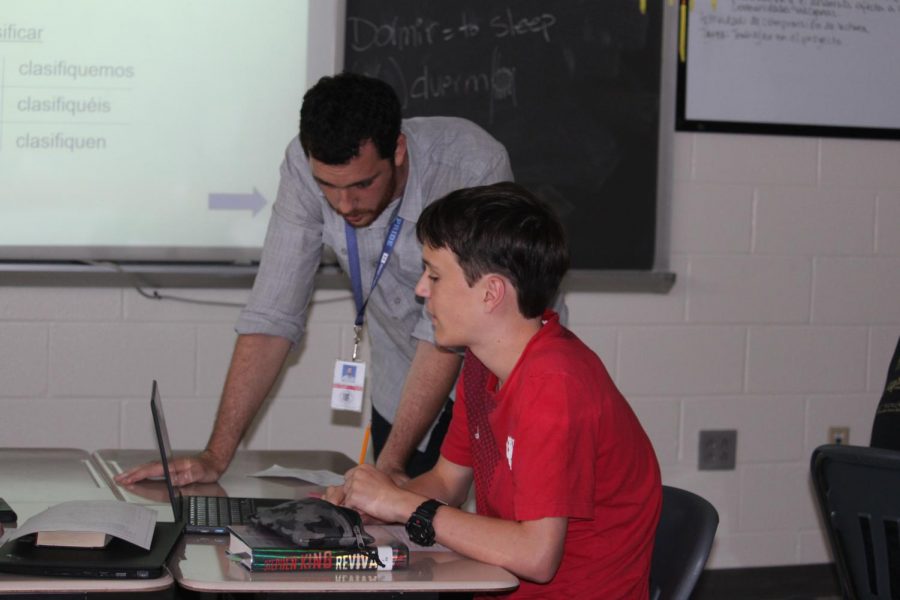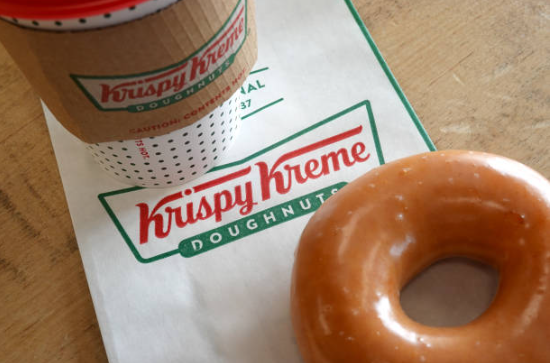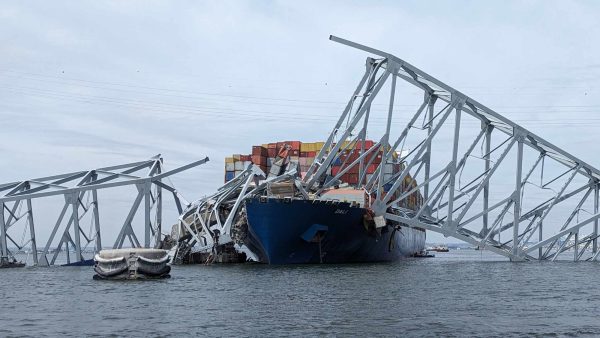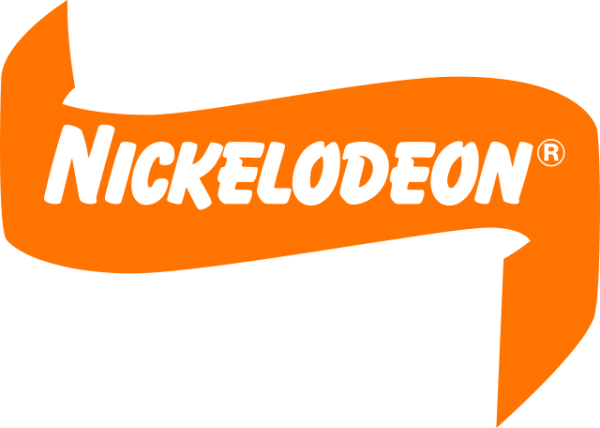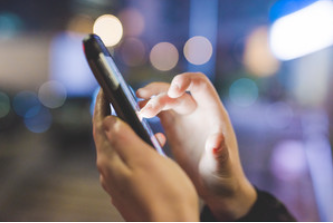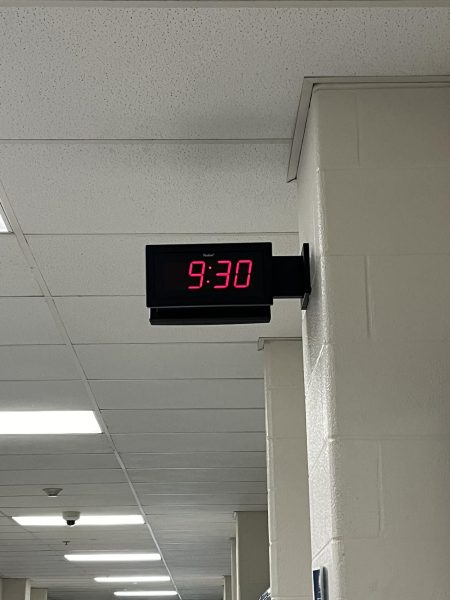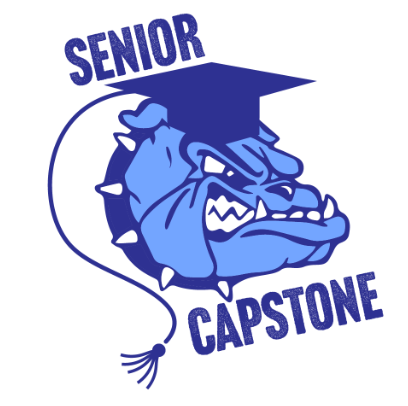Chromebooks in Classrooms
The switch from pens and paper to screens and styluses
October 17, 2018
Over the last few years, LCPS has been pushing for the use of more technology, bringing Chromebooks and online assignments. This means increased use of Google Classroom and Google Drive, note-taking online, and the use of apps like Kahoot and Quizizz.
Goals
One of the main goals is to reduce the extremely high amount of paper used by the school every year.
According to Edutopia, a school with 100 teachers uses an average of 250,000 pieces of paper per year. Including printing, it’s over $12,500 worth of paper that could be spent in better places. Considering Stone Bridge has almost 150 staff members, this number would be even higher for us. The multiple programs introduced by the administration will help put a major dent in this.
The environment isn’t the only positive aspect of the program. The ability to collaborate on schoolwork is also very beneficial to students.
“The best effect so far has been the ability of students to collaborate in ways that they were not able to do before in areas they weren’t able to before,” Principal Tim Flynn said about the effects of the chromebook program.
Student Reactions
Even with all these advantages, some students aren’t liking these changes, including junior Tanuj Sistla.
“Although I guess they help the environment, I don’t like that the chromebooks monitor everything we see online,” Sistla said. “It’s creepy, invasive, and top of that, it’s inconvenient.”
There are also many who are okay with this, as they believe positives outweigh the negative.
“It’s nice how we don’t have to carry as much in our backpacks,” junior Ashlyn Sheasley said. “And if it’s good for the environment, that’s just another plus.”
Although there may be some growing pains, this program will help Stone Bridge move into the future.


